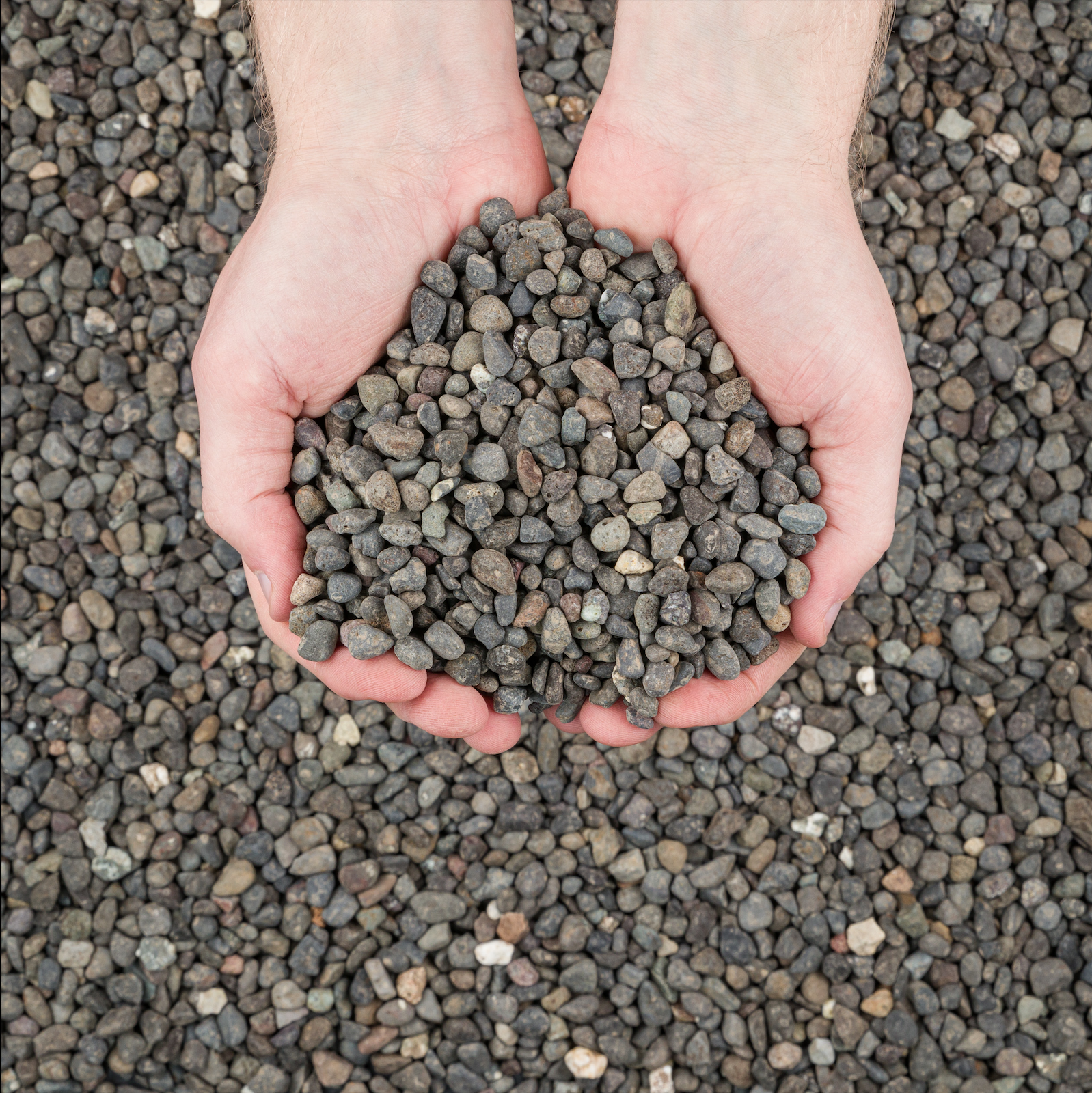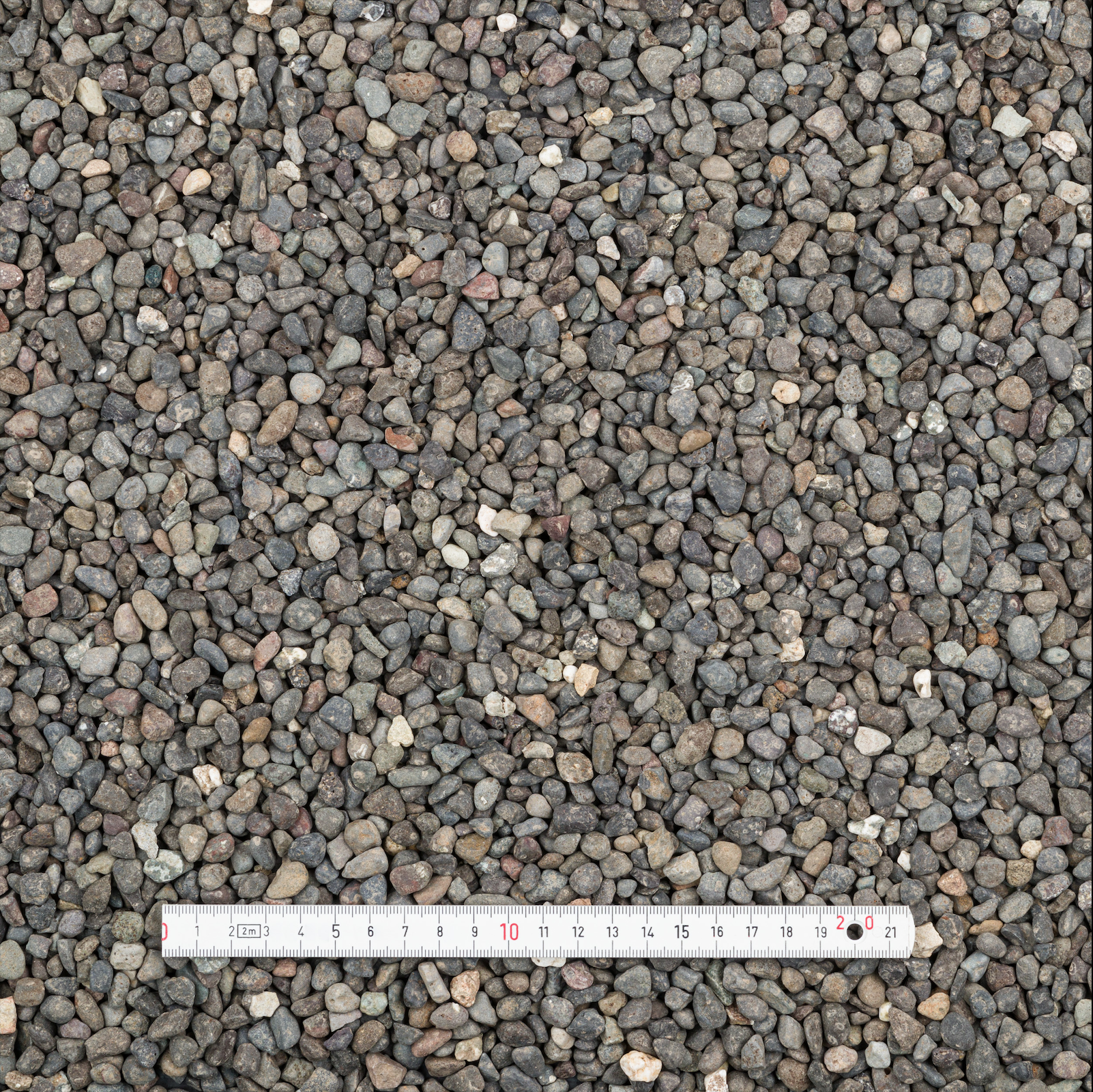
Pumice: Pure and Simple

our pumice
Pumice's physical properties, such as its non-crystalline structure and lightweight characteristics, make it a valuable addition to many products. For those handling and using pumice in various applications, a safety data sheet provides essential guidelines to ensure safe usage.
Physical Properties of Pumice
Pumice is recognized as an amorphous volcanic glass with a color spectrum ranging from grey-white to pure white. It exhibits a brightness level of GE 84 and possesses a hardness rating of 6 on the MOHS scale. This material is generally inert, showing reactivity only in the presence of calcium hydroxide or hydrofluoric acid. With a neutral pH of 7.2, its loose bulk density is contingent upon the specific grade, detailed in the product's Technical Data Sheet. Pumice has a specific gravity of 2.35 and a softening point at 900°C. It contains 0.15% water-soluble substances and is free from radioactivity.


Chemical Properties of Pumice
Chemically known as Amorphous Aluminum Silicate, pumice primarily consists of Silicon Dioxide at 76.2% and Aluminum Oxide at 13.5%. Additional components include Ferric Oxide at 1.1%, Ferrous Oxide at 0.1%, Sodium Oxide at 1.6%, Potassium Oxide at 1.8%, Calcium Oxide at 0.8%, Titanium Oxide at 0.2%, and Magnesium Oxide at a minimal 0.05%. It is notable that no crystalline SiO2 has been detected within its composition.
